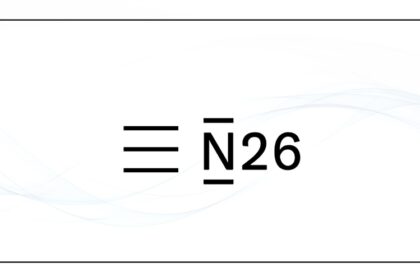As our digital world grows quickly, you may also experience an increasing necessity to use a tool that will allow you to record and convert spoken language into text.
No matter whether you are a business leader, a content-maker, a scholar, or an individual who needs to transcribe the audio, you need an appropriate AI audio to text converter. The guide aims to explore the main factors you should account for while choosing transcription software. Stay informed about the level of accuracy, available languages, benefits for collaboration and editing, and security settings.
Why You Need an AI Audio-to-Text Converter
Well, here are a few reasons you may potentially need to use an AI audio-to-text converter… Because manually translating audio into the written word is so time-consuming -– it’s like spending hours plugging away with sound design!
AI-based tools perform large-lot transcription simultaneously so fast that you won’t even notice the difference between this method and manual conversion anymore. Besides, modern AI transcription software decodes and transcribes spoken words precisely.
Furthermore, transcriptions allow visitors with hearing impairments to enjoy content. And as a content creator, transcriptions can boost SEO and make your material more discoverable.
Based on what has been laid out above, consider a set of checkpoints when selecting an AI audio-to-text converter.
Accuracy
When selecting a transcription software program, accuracy is crucial. A transcript that is not accurate is likely to create misunderstandings and mistakes.
Here’s what to look for:
- Speech Recognition Technique: Artificial Intelligence speech recognition technology is used by software to accurately capture spoken words.
- Noise Handling: When you are transcribing in a noisy place, the software applications can snoop out all the hum and hiss of background sound.
- Custom Vocabulary: The software allows you to add particular words or phrases to increase accuracy, particularly if you are dealing with industry-specific terms.
- Punctuation and Grammar: The software should be able to handle punctuation and grammar.
To test accuracy, put your content through a sample audio file using the software and see how much of it comes through correctly in text form.
Language Support
If you work in more than one language, then it is important to ensure that the AI audio-into-text converter you use supports your requirements.
Consider the following:
- Language Options: Does this software support the languages that you require? Some have support for many languages, while some only have two or three.
- Language Recognition: Does the software automatically understand and transcribe two or three different languages in one audio file?
- Dialect and Accent Recognition: For different variants of a dialect or accent, see if a given piece of software can accurately transcribe them.
Language support is crucial when covering content that is diverse or if working with international teams.
Collaboration and Editing Features
The following are other time-saving collaborative and editing aspects to consider while selecting an AI audio-to-text converter; this is achieved through the relevance of such options:
- Multi-user collaboration: Ensuring that the software can have more than one person working on the same transcription. It is essential because of team-based work where this is achievable for the clients who help minimize cost.
- Real-time editing: Some transcription tools offer real-time editing. This can save time and ensure greater accuracy.
- Commenting and Annotation: If you need to discuss specific sections of the transcript with your team, look for software that allows commenting or annotation. This feature facilitates better collaboration and communication among team members.
- File Sharing and Export Options: Consider how easily you can share the transcriptions with others. Find a program that can output in diverse formats such as text files, PDFs, Word, or Excel.
Collaboration and editing tools will make your work smoother, improving both the accuracy and quality of transcriptions.
Security Features
If you are transcribing sensitive or confidential material security is your top concern. Here are several security features to look for in an AI audio-to-text converter:
- Data Encryption: the transcriptions recorded in the software should be encrypted to protect them against unauthorized disclosure.
- Compliance: If you’re in an industry with strict compliance requirements – examples are healthcare or finance – make sure to choose software that meets these standards.
- User Permissions: Some tools can allow control over who can access or edit transcriptions are essential features for collaborative modes.
Security features are necessary to protect your data and ensure compliance with industry rules.
Choosing the best AI audio-to-text converter requires several considerations, such as accuracy, language support, integration, and security. Owing to these factors by promising, you are assured of finding the transcription software that fully meets your expectations.
Also, assess sample audio files on the software to see how accurate and fast the algorithm performs. Make sure that you choose a software service that can be integrated into your tool, and put a lot of emphasis on security, particularly the sensitivity of the data you are dealing with.
If you follow this ultimate guide, you will be best placed to choose the best AI audio-to-text converter for your upcoming projects and projects to save you time and hasten your content’s accessibility and efficiency.
Read More From Techbullion








